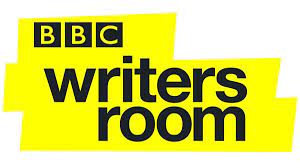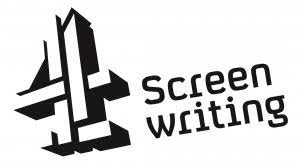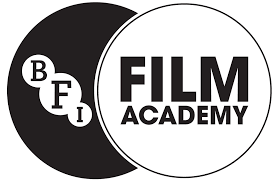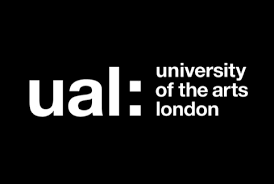Here’s a link to a paper by the very aptly named American academic JAMES CUTTING which discusses the differences between our perception of film shots and scenes, and how we perceive things in reality.
Yes! More mathematical approaches to screenplay writing! I’m not sure how practicable this is – I think if you were to try and impose these arcane scientific \ mathematical ideas to writing your screenplay first draft that you may well just disappear up your own fundament. BUT this is rather interesting nonetheless. And makes you think about how screenplays work – about the cuts within scenes and between scenes – the grammar of film or what Prof Cutting refers to as the ‘contract with the audience’.
It’s written in slightly impenetrable academic language but it’s full of fascinating insights into how film fiction and screenplays operate. For instance, it starts:-
‘Watching a film is different than observing the real world. In particular, scenes in film are framed and set off from a larger context, they are divided up into shots that are composed from different points of view, separated by instantaneous cuts, and with the camera performing other feats impossible for the unaided eye, such as zooming in. Real life has none of this. How is it that we come to accept the wholeness and integrity of film with multiple shots and cuts?’
A very interesting question but is this entirely true? How about, for instance, when we go to sleep at night then wake up in the morning? That could be viewed just like a cut between scenes couldn’t it?
Here are a few more thought-provoking quotes from Cuttings’ article:-
‘Episodic memory, a central concern of cognitive science, is essentially the memory of scenes from our life.’
‘Why are we able to make sense out of two shots with no transition? Acceptability seems predicated, in part, on the physical differences between shots. Cuts become acceptable only when the general patterns of light in the two shots are sufficiently different…’
‘Among other things, continuity means keeping track of what is in each shot and making sure that the world that is projected on the screen appears coherent. However, it appears that we, as perceivers, are not that particular about such coherence.’
…and this quote from John Huston –
‘All the things we have laboriously learned to do with film, were already part of the physiological and psychological experience of man before film was invented… Move your eyes, quickly, from an object on one side of the room to an object on the other side. In a film you would use a cut. … in moving your head from one side … to the other, you briefly closed your eye.’
The section entitled, ‘How Cuts, Shots, and Narrative Knit Together a Film for a Perceiver’, is particularly interesting.
If you haven’t got the time or energy to read the whole thing, here’s an article about Cutting’s work in New Scientist, which sums it up a bit more succinctly (but less interestingly) :-
Philip Shelley
Script-consultant
March 2010






















